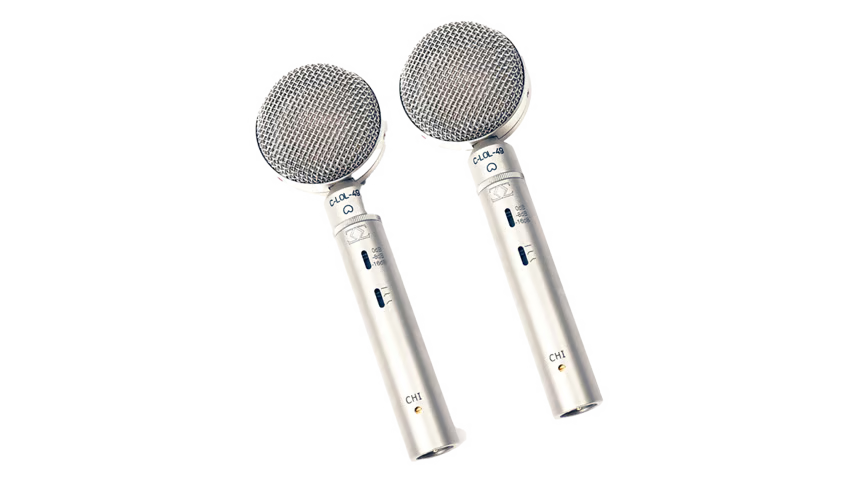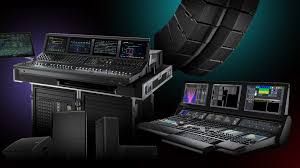4 Tips for Keeping it Clean and 2 Tips for Getting Back to Business and Staying Distanced
Keeping things clean has been a hot topic lately, and social distancing also looks like it will be here to stay for a while. Most of us use lavalier mics, which require touching the talent. As we start to get back to work, how can we adapt what is a very hands-on job to be more hands-off and give our clients the safety and peace of mind that they deserve?
The AQTIS (The Alliance québécoise des techniciens et techniciennes de l’image et du son Alliance of Image and Sound Technicians) and IATSE in Canada are in the process of writing sanitary guidelines for productions undertaken there. Written by Daniel Fontaine-Bégin, Tony Fortin, Simon Poudrette, and Stephan Roy, the guidelines recommend:
1) Frequent handwashing, along with the wearing of masks and protective glasses, within 6-feet of talent. Surgical gloves should be used to pass things to others.
2) The placement, adjustment, and removal of lavaliers should be done at the Sound Station, using fresh adhesive.
3) As a general rule, a solution of 70% isopropyl alcohol – either in a liquid or as pre-packaged lint-free wipes – is preferred for gear disinfection. That specific percentage is recommended because it takes more time for the liquid to evaporate from the disinfected surface, making it a more efficient cleaner than 91% or 99% alcohol. Mix the solution in a spray bottle, which produces a fine mist and disperses the liquid without soaking what it is sprayed on. Depending on the surface to be cleaned and the shape and size of the items to be disinfected, it may be possible to spray lightly, wipe or dab with cotton swabs. Bleaching solutions, such as Lysol or disinfectant wipes, are not recommended for any gear, since they can be corrosive.
4) Assign a disinfected transmitter and lavalier microphone for each person and store it in a Ziploc-type bag, or appropriately-identified container. After the work day, disinfect and place in a new, clean labeled container for the next day’s use. If the production budget permits, appoint a “disinfection team” (one or however many people you deem necessary) whose sole responsibility will be to ensure clean gear and make safe adjustments on talent as needed.
Distance-Friendly Ideas
The nature of lavalier mics involves touch and adjustment. You might consider these two workarounds to make it easier to maintain distance:
5) If you use our SM transmitters, you can adjust the transmitter remotely without touching the talent by using the LectroRM app by New Endian. It works with all remote-enabled SM series transmitters to control audio level, frequency, transmission power, low frequency rolloff, LED, sleep and lock functions.
6) Perhaps you want to get away from using a lav altogether, which can be challenging for interview or close dialogue situations. Parabolic mics, which are often used in sports broadcasting, can allow a safe distance without compromising safety or using a sometimes-unsightly boom in the shots. We realize that parabolic mics may have limited applications in many kinds of production work. However, in places where they can work, our Digital Hybrid and latest digital transmitters are an ideal match, with low noise floor, wide dynamic range and flat frequency response.
A Word About UV Disinfection
Many of you have asked us about UV light for disinfection, and we haven’t tested any UV methods thoroughly enough to recommend them at this time. Our Service Department is presently testing options, and we will share our findings when they are available.
Learn more in our Wire-Lists on Disinfection #20. As always, consult the CDC Guidelines, which are updated as they evolve.
Many thanks to AQTIS and the Canadian branch of IATSE, who provided some of the suggestions for this list and are allowing Lectrosonics to participate in the development of their working guidelines.
Lectrosonics want to hear about how you are adjusting to our new ways of working. Let them know here, or start a discussion on the Lectrosonics’ Facebook page.
For more information from Lectrosonics, click here.
Off
More News
Support USITT
For many 501(c)3 nonprofit organizations, USITT included, donations are a lifeline. We are able to continue to expand our online offerings to our Members and to our industry thanks to Membership dollars and the generosity of our donors.


